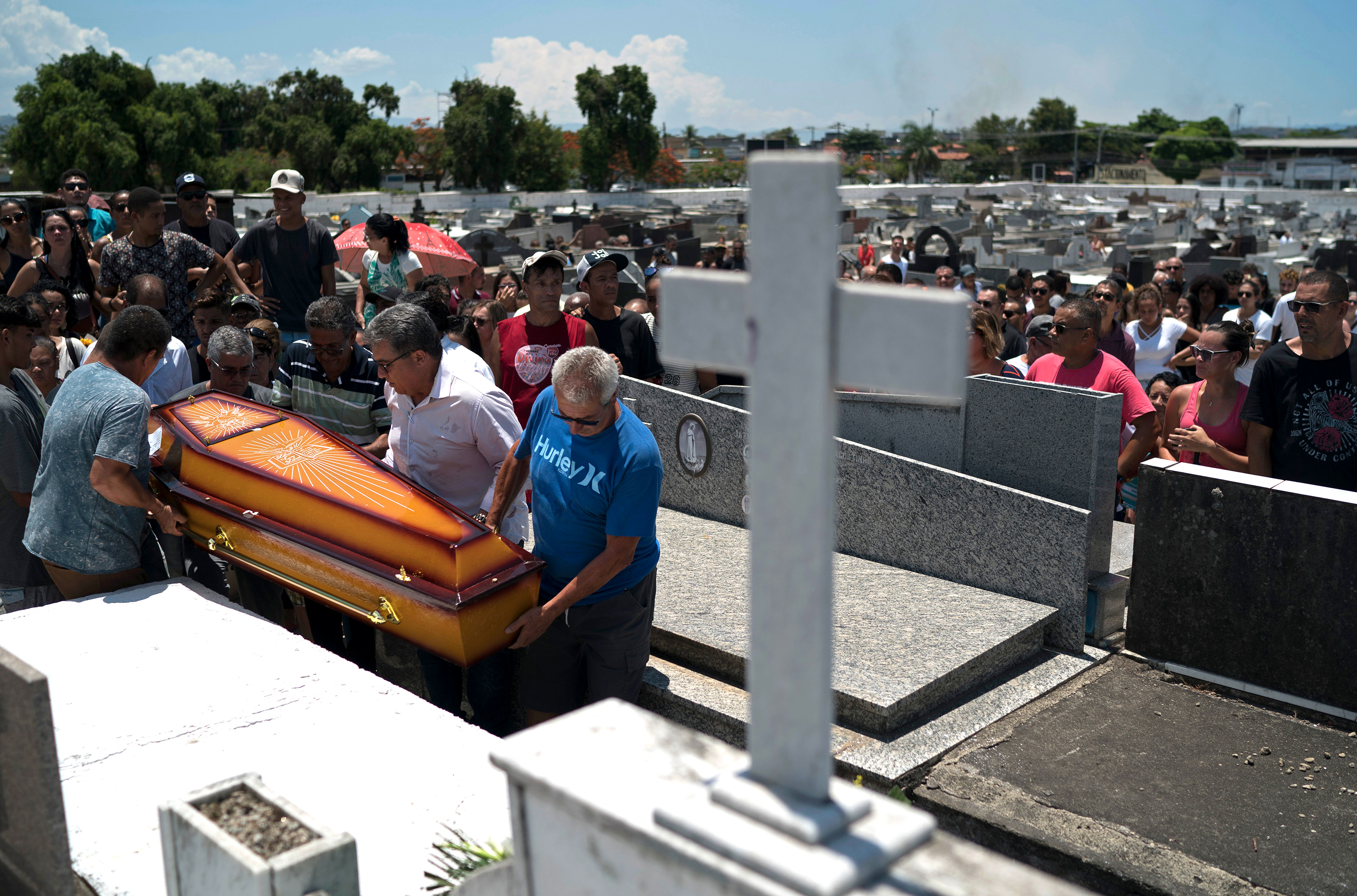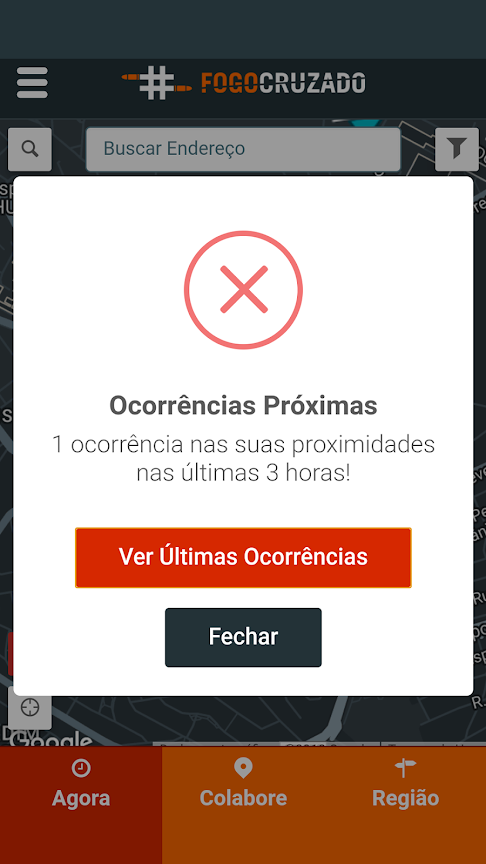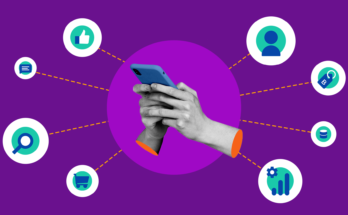Julia Borges was at her cousin’s 12th birthday party when she was shot. The 17-year-old had been standing on a third-floor balcony when a stray bullet hit her in the back, lodging in the muscle between her lungs and aorta.
That was November 8. Luckily, Borges was taken to hospital and has since recovered. Many are not so fortunate. At least 106 people have been killed by stray bullets in Rio this year so far.
Among the most dangerous areas are the narrow streets of the city’s favelas, where more than a million people currently live. Here, the houses are piled up on each other, and the alleys that wind between them are dotted with small squares. These same streets regularly echo with the sounds of gunfire: shooutouts between police and drug traffickers, rival groups of traffickers, or even police-backed militias take place on a daily basis.
Innocent victims are often caught in the crossfire. In many cases residents must lie on the floor or create barricades to hide from stray bullets as they wait for a truce. In 2019, Rio saw an average of 20 shootings a day. Things have cooled slightly since the pandemic began, but there was still an average of 14 shootings every day up until the end of June. Around 1,500 people are shot dead in Rio’s metropolitan area every year.
Living in Rio is like “being a hostage to violence,” says Rafael César, who lives in the neighborhood of Cordovil, west of the city.
Like many residents, César has started using apps to help keep himself safe. These crowdsourced apps help users keep track of dangerous zones on their way home and let residents warn others about which areas to avoid.
One of the most popular apps, Fogo Cruzado (Cross Fire), was started by a journalist named Cecilia Olliveira. She had planned to do a story about victims of stray bullets in the city, but the information she needed was not available. So in 2016 she set up a Google Docs spreadsheet to collect information about shootings, logging where and when they happened, how many victims there were, and more. That same year, with the help of Amnesty International, the spreadsheet was turned into an app and a database to help those monitoring and reporting on armed violence. The app has been downloaded over 250,000 times and covers both Rio and Recife.
A user who hears gunshots can log it as an incident on the app. The information is verified and cross-checked by the Fogo Cruzado team with the support of a network of activists and volunteers and then uploaded to the platform, triggering a notification for users. Fogo Cruzado also has a team of trusted collaborators who can instantly upload information without such vetting. Users can subscribe to receive updates whenever they are heading toward a zone considered dangerous—such as a favela that’s known to have had recent shootings, or one that is currently contested by gangs.
Fogo Cruzado is used by local residents who are planning on leaving home to work or need to check if it’s safe to return afterwards, says Olliveira.
“I started using the Fogo Cruzado because there were frequent police operations in a region I was passing through every day,” says journalist Bruno de Blasi. He says that WhatsApp groups were full of rumors and false reports of shootings, so he decided to use the app as a way to “avoid unnecessary scares.”
Like many in the city, he has had his own experience of being close to a shootout. He recalls one that began on the street where he lives.
“The feeling was horrible, especially because that street was considered one of the safest and quietest in the neighborhood, which is also where the police battalion is,” he says. “Suddenly I had to stay away from the window of my own room because of the risk of a stray bullet. It was very tense.”
Fogo Cruzado has also worked with a number of other organizations to create a new map of armed groups in Rio de Janeiro. The map, which was launched in October, is designed to keep the city’s residents up to date about which areas are currently dominated by criminal factions or police militias and are therefore less likely to be safe.
Other apps also collect data on shootings, but Fogo Cruzado is one of the few to be updated by the public, says Renê Silva, editor of the website Voz das Comunidades (Voice of the Communities), which covers the Complexo do Alemão, a large group of favelas in Rio. “There are places where the app identifies shootings that don’t come out in the media,” he says.
The app Onde Tem Tiroteio (Where There’s Shooting) works in a similar way. It was initially created in January 2016 by four friends as a Facebook page. While Fogo Cruzado focuses on the metropolitan region of Rio, Onde Tem Tiroteio(OTT) covers the entire state—and since 2018, it has covered the state of São Paulo too. It differs from Fogo Cruzado in that it lets the network of users double-check the veracity of shooting reports.

Once you download the OTT app you can choose what you want to receive alerts about, whether it’s shootings, floods, or demonstrations. Each anonymous report is reviewed by a network of more than 7,000 volunteers on the ground and confirmed before being uploaded to the app. Weekly reports are also released to the press. More than 4.7 million people used the app last year, according to Dennis Coli, one of OTT’s cofounders.
“OTT-Brasil’s main mission is to remove all citizens from organized gang looting routes, false police blitzes, and stray bullets, with information that is collected, analysed, and disseminated in a very short period of time,” he says.
The apps have a political angle, too. As well as keeping Rio’s citizens out of danger, they can help researchers and public institutions understand patterns of violence—and help put pressure on politicians.
They “serve primarily to draw attention to the dimension of the problem,” says Pablo Ortellado, a professor of public policy management at the University of São Paulo. For him, such apps have “a specific but key function of increasing the pressure on the authorities.”
Indeed, Recife was chosen as the second city for the Fogo Cruzado app not only because of its high rates of violence but also because, Olliveira says, the state government had stopped releasing data and had started censoring journalists. “Before, there was excellent access to public security data, but the data gradually became scarce and the work of the press became more and more difficult,” she says.
In this way, data collection apps can help challenge the information provided by governments, says Yasodara Córdova, an MPA/Edward S. Mason Fellow at the Harvard Kennedy School in Massachusetts.
In the past, the state had a monopoly on official information, but today things have changed, she says. “It is healthy to maintain redundant databases, collected by active communities, so that data can be challenged in order to keep the civic space open and global.”
Felipe Luciano, an OTT user from São Gonçalo, a city near Rio, agrees. “The key is trust,” he says. “What motivated me to use OTT is the credibility of the information posted there. I feel safer using it.”
Correction: We updated the year Amnesty launched the FogoCruzado app and the number of shootings in 2019.



